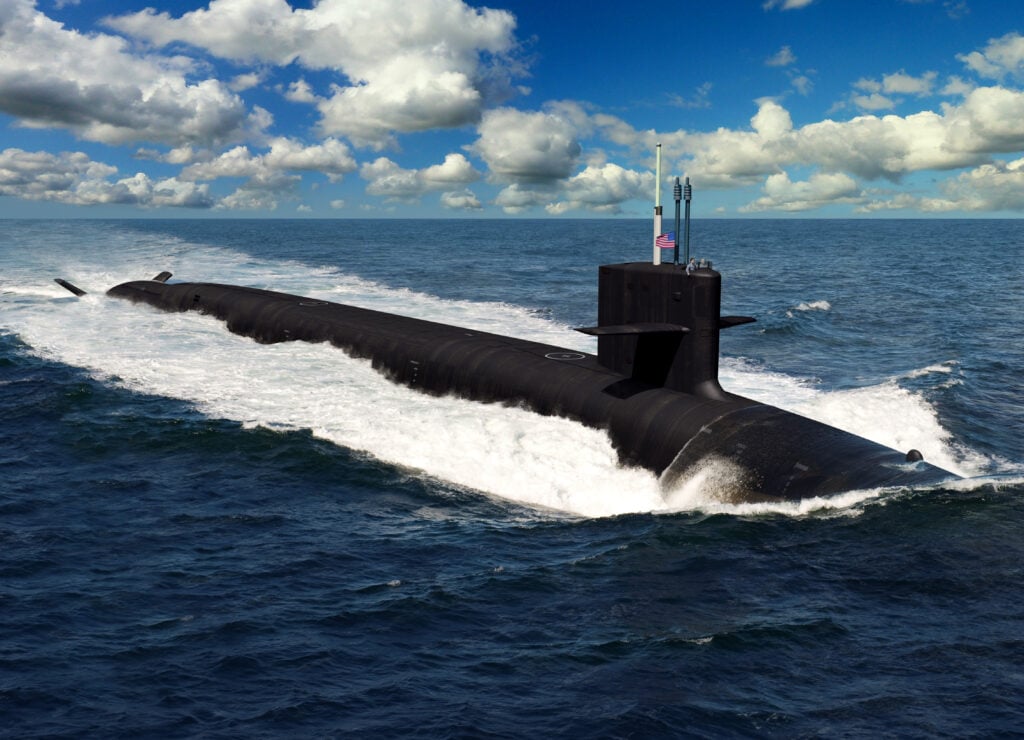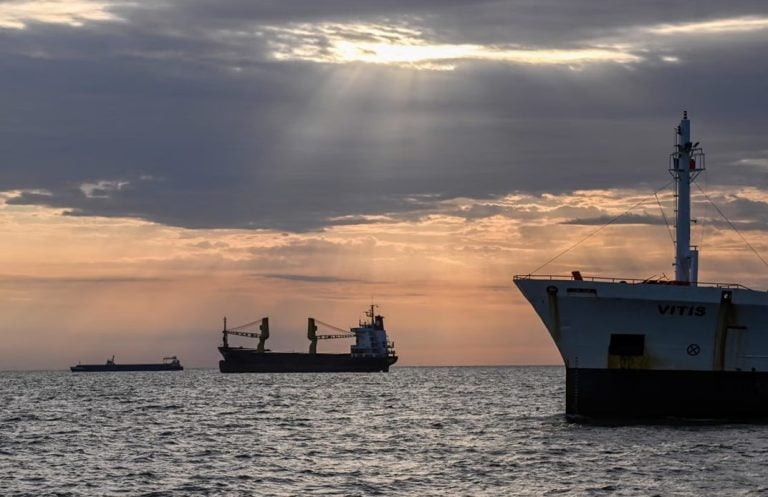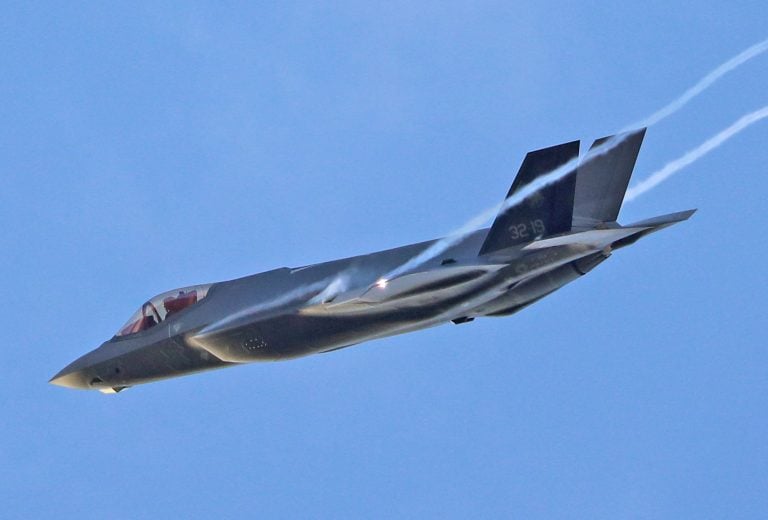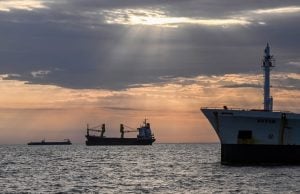General Dynamics Electric Boat has secured a significant contract worth $987 million aimed at enhancing the development and support of the U.S. Navy’s nuclear submarine programs. This contract encompasses various aspects, including component development, class lead yard support, and improvements to the Submarine Industrial Base supplier network. These initiatives align with the Navy’s long-term strategy to modernize its underwater combat capabilities.
The funding will predominantly facilitate enterprise tasks associated with the ongoing production of the Columbia-class nuclear-powered ballistic missile submarines and the Virginia-class nuclear-powered attack submarines. The contract also addresses support for the Gerald R. Ford-class nuclear-powered aircraft carriers. According to the Pentagon, the financial resources will be directed toward strategic sourcing, supplier management, and enhancement of shipbuilding infrastructure.
Work related to this contract will take place across multiple states, including Connecticut, Virginia, and Rhode Island, with a target completion date set for December 2031. This aligns with the U.S. Navy’s current roadmap, which aims to increase its fleet to include 12 Columbia-class submarines, 66 Virginia-class submarines, and 10 Ford-class carriers. As of now, the Navy is currently engaged in the construction of one Columbia-class submarine, has commissioned 24 Virginia-class submarines, and one Ford-class aircraft carrier.
This initiative is part of a broader strategy by the U.S. to sustain national security through its nuclear triad, which comprises land-based intercontinental ballistic missiles, submarine-launched ballistic missiles, and strategic airborne bombers. Earlier this year, the U.S. defense agency requested a substantial budget of $49.2 billion to operate, recapitalize, and maintain all three components of this national defense strategy.
Mark Rayha, President of General Dynamics Electric Boat, emphasized the importance of this contract modification, stating that it underscores critical shipyard and supply chain work necessary to ramp up production rates and accelerate submarine delivery timelines. He expressed gratitude for the ongoing support from the Navy, Congress, and the administration, noting its crucial role in meeting both present and future demands for submarines.
The geopolitical landscape around these developments remains tense, particularly with rising assertions from China, which has claimed capabilities to target U.S. military assets such as the USS Gerald R. Ford aircraft carrier with ballistic missile strikes.



















